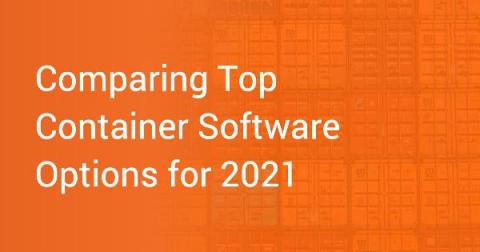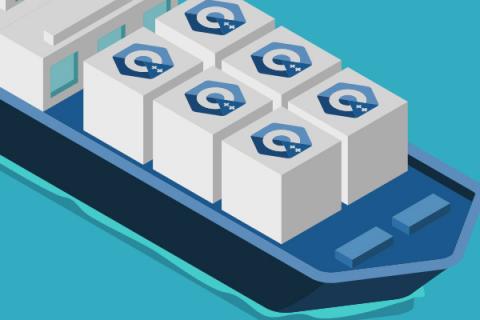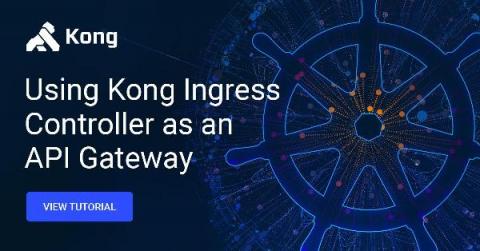Developer Tooling for Kubernetes in 2021 - Development Machines (Part 5)
Over the last year, we have witnessed a shift in engineering working habits. COVID-19 forced many of us into lockdown. Instead of working from the office, coffee shops, and airport lounges, I found myself mostly working out of my (hastily built) home office. For many of us, this meant shifting back to a workstation over a trusty laptop. Not surprisingly, this did nothing to abate the heated discussion over which computers and operating systems are best for developing software.











